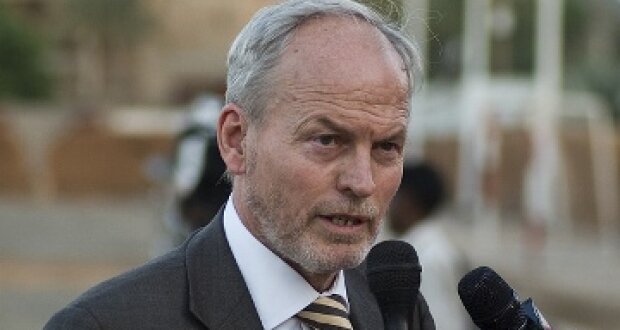![]() NAIROBI, Aug. 14 (Xinhua) – The UN relief chief wrapped up a three-day visit to Kenya and Somalia on Sunday, calling on the world to scale up efforts to help save millions of lives at risk in the Horn of Africa nation.
NAIROBI, Aug. 14 (Xinhua) – The UN relief chief wrapped up a three-day visit to Kenya and Somalia on Sunday, calling on the world to scale up efforts to help save millions of lives at risk in the Horn of Africa nation.
Under-Secretary-General for Humanitarian Affairs Valerie Amos noted that although the number of refugees arriving in the last few days had fallen, more children were arriving in severely malnourished condition. “We need to do more to help people in Somalia,” she said after being told by one Somali refugee woman at Dadaab refugee camp that she had lost all four of her children on the journey to Dadaab. “No one should have to endure such suffering,” she said.
On the last day of her mission, Amos visited Dadaab refugee camp, in northern Kenya, hosting over 400,000 registered refugees. Of these, 70,000 have moved into Kenya from Somalia in the last two months. “I am heartened by this,” she said in a statement issued in Nairobi at the end of her three-day visit which also saw her stress that aid workers must have safe passage to those in need so they can save the lives of millions of people at risk from malnutrition or infectious diseases as famine grips the Horn of Africa. “We have to do all we can to help people now, but we must also work together to build the long-term resilience of communities that are now facing drought conditions every two years rather than every 10 years, as was the case in the past.”
While Somalia is the worst affected country, neighboring Kenya, Ethiopia and Djibouti are also suffering. More than 12 million people across the Horn of Africa now face severe food shortages and require international assistance.
Amos gave recognition to the Kenyan government and the Kenyan people in welcoming Somali refugees at a time when the east African nation itself was facing severe drought conditions in many parts of the country.
She said the extension of Dadaab camp will ease the current overcrowding and enable the UN and partner organizations to provide improved water and sanitations facilities, health services and schooling.
Amos also had an opportunity to visit a host community that has been working to secure their long-term environmental sustainability.
On Saturday, the Under-Secretary-General for Humanitarian Affairs who toured Banadir Hospital, one of just four locations in the war-wracked city where children suffering from acute malnutrition are being treated described the scenes she witnessed in the hospital as heartbreaking. “The children are so weak they can’t lift their heads, while their mothers are in despair,” she said.
As many as 3.2 million people are estimated to be on the brink of starvation in Somalia, where persistent drought and ongoing conflict have led to famine being recently declared by the UN in five regions in the south of the country, including the area in and around Mogadishu.
The situation is compounded by a deadly outbreak of cholera, while the number of cases of acute watery diarrhoea has also spiked in the past two months.
Mogadishu has been the scene of protracted fighting over the past two decades as Islamist militants battle with the Transitional Federal Government for control of southern and central Somalia, which has not had a functioning national government since 1991.
But the Al Shabaab group vacated the city a week ago, and Amos said that while she was shocked by the amount of destruction she witnessed, she was also impressed by the level of activity. “Normal activities like small shops were open and people were in the streets. It gave me hope.”
|
Editor: Mu Xuequan
|
|
|






